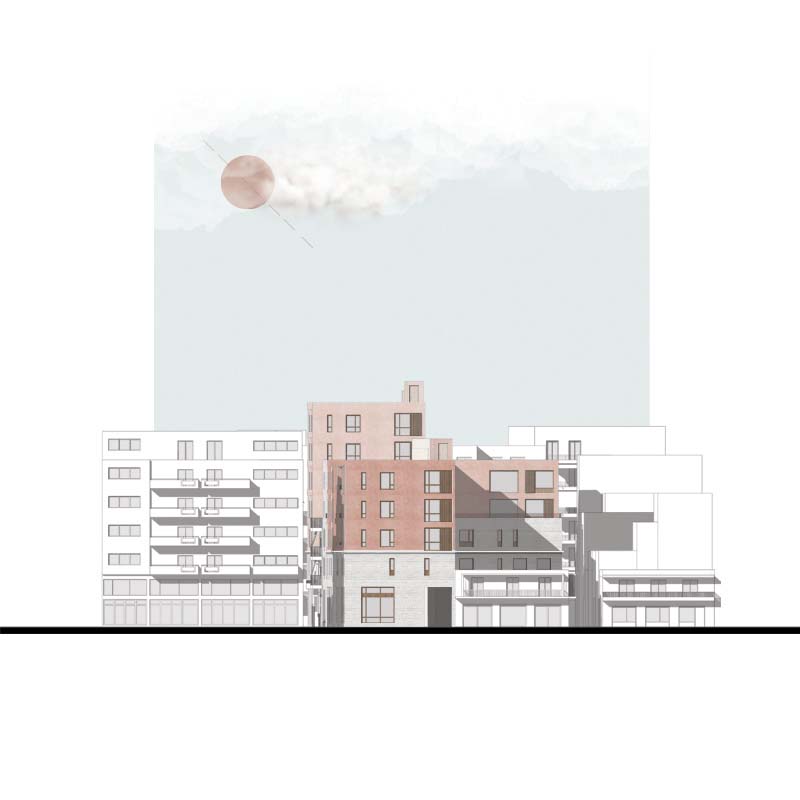

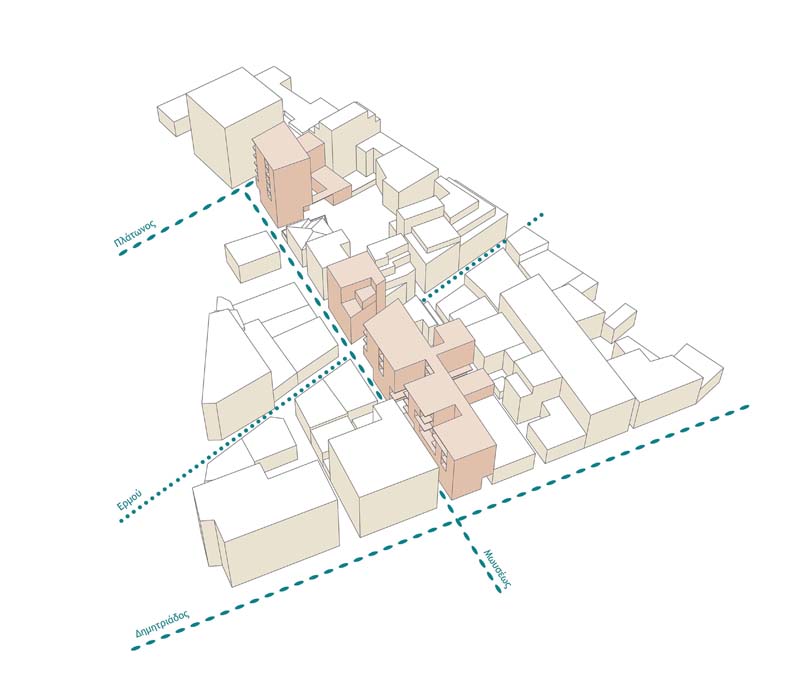

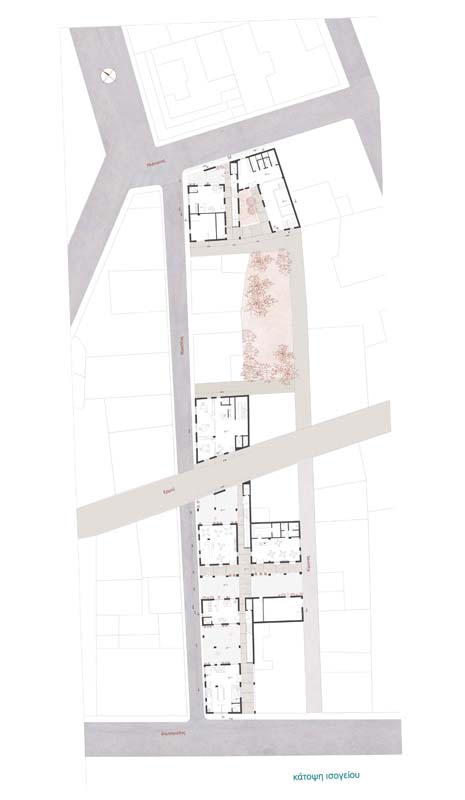

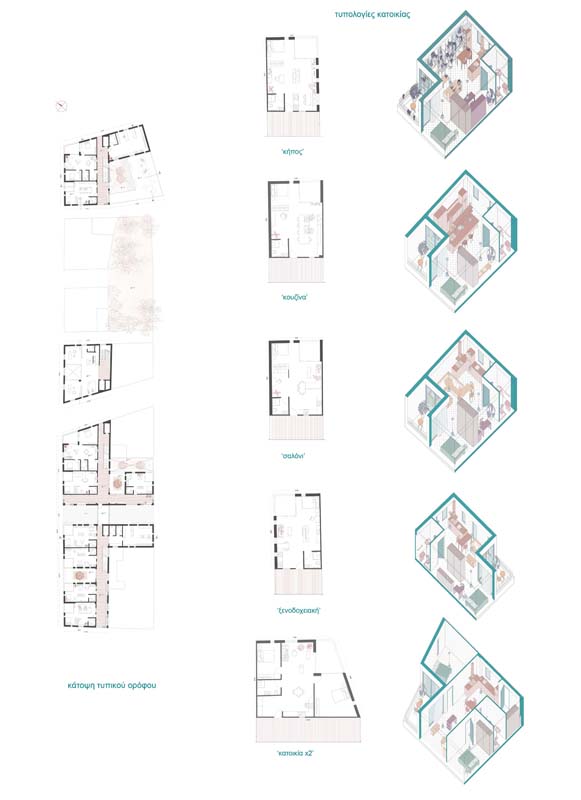

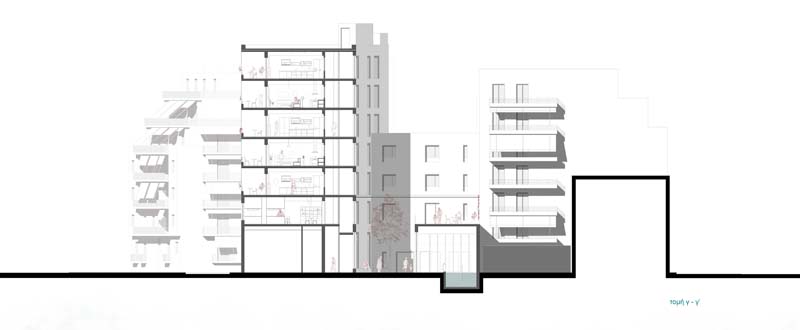

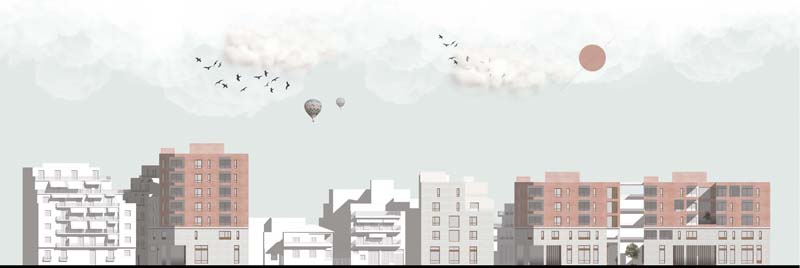

The elderly are a group of people who would say that they are marginalized by society. They are considered to be unproductive individuals who have reached the end of their lives and cannot contribute to society. The lack of adequate infrastructure for their accommodation and care is another factor that gives older people the feeling that they are isolated from their society.
The purpose of this thesis is therefore to create a housing complex for self-serving elderly people in the city of Volos with the aim of enhancing the connection between elderly people and the city, activating it, socializing it and offering a warm and intimate space of accommodation. In addition to the residences, the complex has communal facilities for themselves and the city, as well as a building providing health, wellness and fitness services.
A program like the one above, which incorporates at the same time a stable residential structure for the elderly and various functions with the city, can help make the first feel active members of society. In addition to that it is accepted by the city that the elderly still have the same needs with the others.
Supervisor: Gavrilou Evelyn
Reference Number: 782
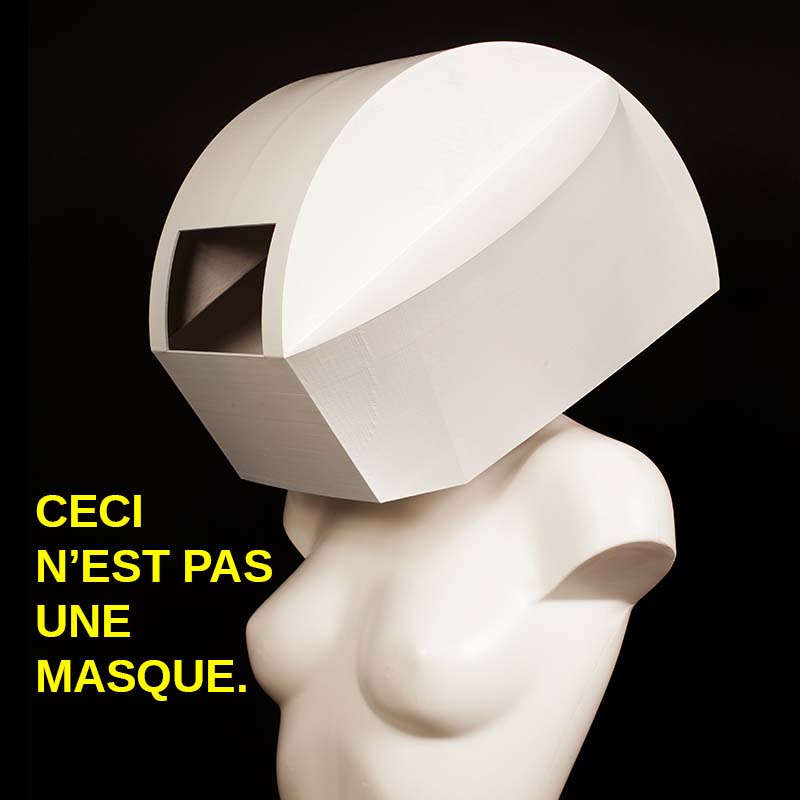

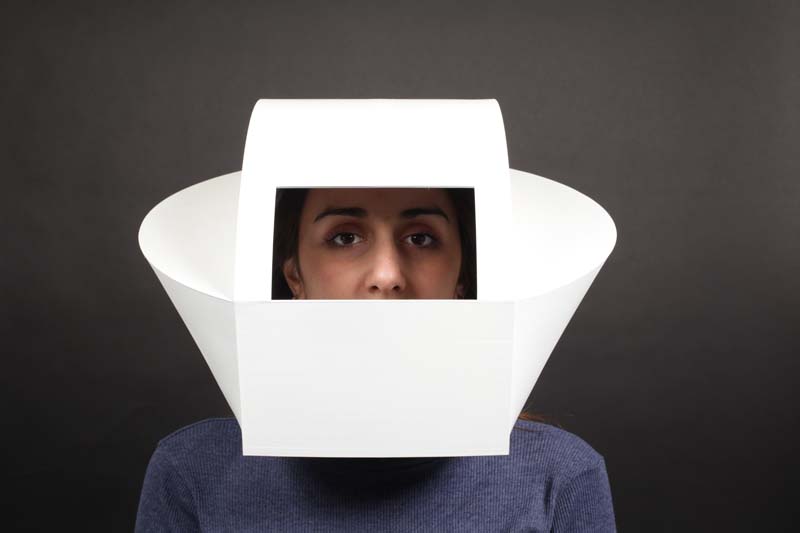

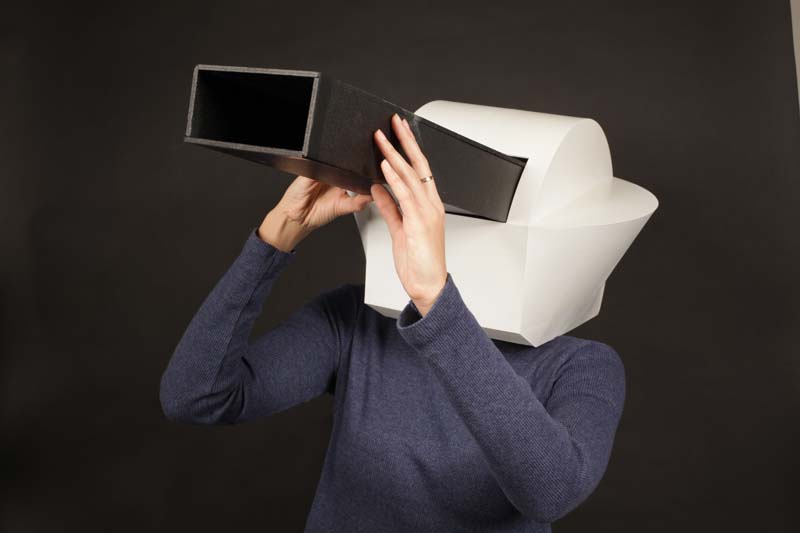



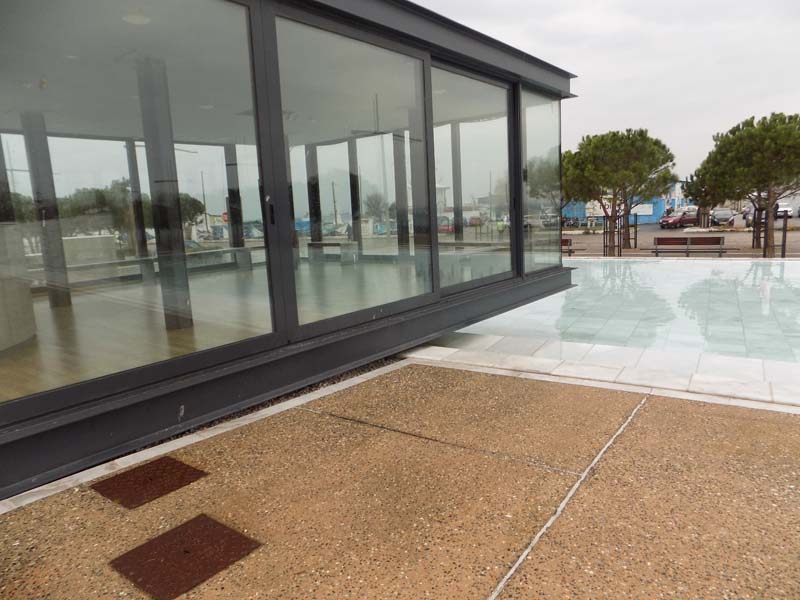

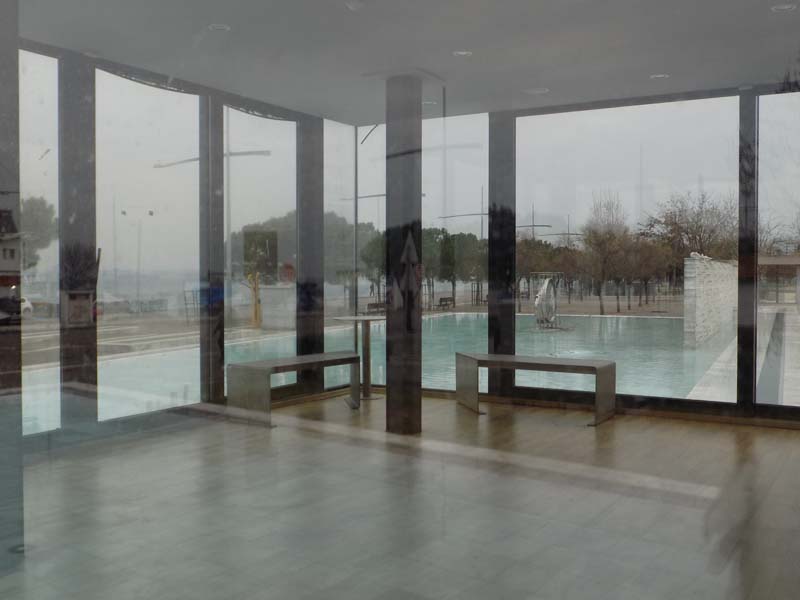

Man resides both in the outer, real environment, and in the inner subjective world of the mind. There are often times when it is difficult to focus on his surroundings, the environment in which he lives in, as he is overwhelmed by individual thoughts. Inspired by the practices of the Situationists, the concept of heterotopia, and the philosophical positions around the relationship of the ego with the other, a game of exploration is constructed. A state of balance between the real and the imaginary. A heterotopia. A bridge between the individual and the city. It is about creating a shell, a mask that is supposed to restrict / delimit the senses by immersing the user in the present. The subject is required to wear the mask, which integrates it into a process of inclusion and self-assembly. This act is a starting point for reflection and an opportunity to distance and activate the look in a different way. The mask shell has an opening that defines optical vents in the surrounding area. At the same time, an accessory is mounted on the aperture that either allows the two masks to be connected together or separately enables the technology to be integrated, which makes the viewing experience different. The transition from the physical perspective to the artificial is facilitated. Another world is born, based on a programmatic illusion. The cellphone placed in the aperture captures the relation of things to the minimum surface of the screen, depicts them on it, scaling them, trapping them in its space. A space within reality, one defined by the mask, a utopia that becomes reality, a heterotopia. Desiring the experimental implementation of the proposal in the urban environment, a part of the New Waterfront of Thessaloniki is being studied. Masks accessible to all pedestrians are placed on the glass pavilions in the gardens of the Sculptures, Mediterranean and Seasons. The passer-by is transformed into an active explorer of the landscape and in the context of a new condition of space and time is called upon to define the reality in which he is.
Supervisor: Papadimitriou Maria
Reference Number: 790
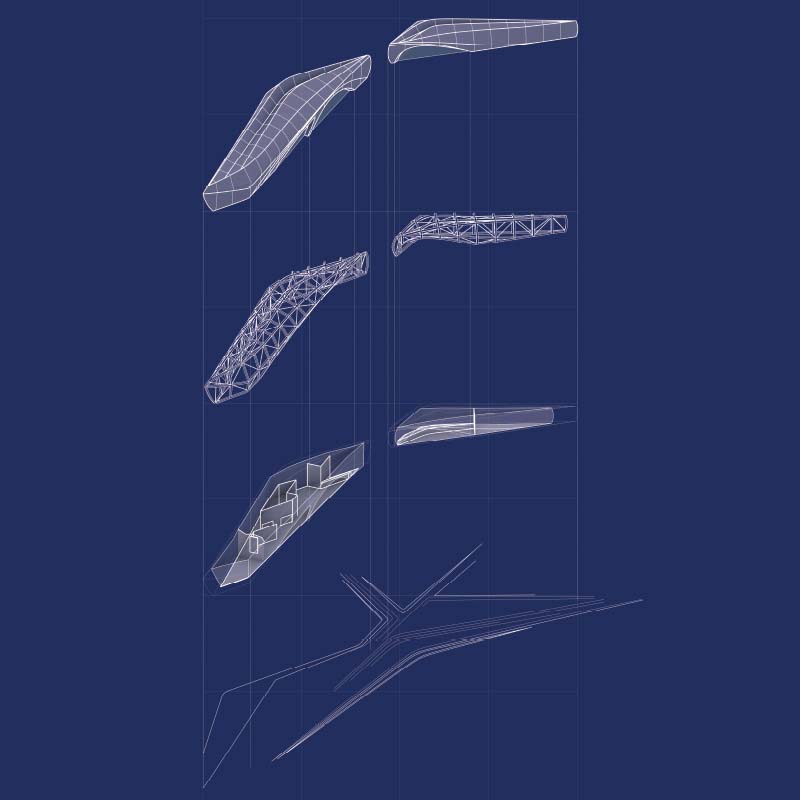











This thesis focuses on the design of an ephemeral, mobile store, the “Cutcuutur Motiva | A pop-up store and laser-cut workspace” for the clothing brand Cutcuutur, which was created in 2015 and is characterized by its laser-cutting techniques. The research project "Ephemeral Architectural Structures for the Fashion Industry" presented by the author last year, contributed significantly to the identification of the needs, features, uses, and limitations of these structures with the aim to create a space that can be adapted to those specific requirements and the identity of Cutcuutur.
Cutcuutur Motiva has clear morphological references to the fluid geometry of pleated fabrics, but also to the minimal and contemporary character that the brand's products represent. The volume of the building is divided into two sections that accommodate respectively its two main functions, namely the shop and the laser cutting workshop, in which a robotic arms offer customization services to the customers' garments. Next to the store venue we find the showspace where sampling, meetings and pattern cutting workshops are held.
The construction logic of the pop-up store is based on three basic parts, the metal substructure of the building that is responsible for the stability of the construction and its inner and outer shells which are contribute to its fluid appearance. Each of these sections is broken up into smaller parts which are assembled and disassembled, enabling the easy transport to different locations. The main cities where Cutcuutur Motiva is located are metropolises of fashion like Paris, New York, London and Milan.
Supervisor: Symeonidou Ioanna
Reference Number: 789


The communities of the Greek Archipelagos are developing and evolving in the context of spatial isolation imposed to them by their insular character, while at the same time forming active networks of communication between them. The rapid touristic development is reinforcing the ever growing search for the ideal, as a projection of prefabricated needs and desires. The local residents are themselves adapting to the requirements of this new reality, contributing in turn to the reconstruction of the new island experience. Economic activities are based almost exclusively on the tertiary sector. Landmarks that used to be core elements of the social structure, now form the backdrop of the new imaginary narrative, while crowds of tourists regulate the new reality.
Wishing to further explore and understand the social relations developing between the borders of insular units, we compose a proposal regarding the creation of a new local festival. Traditional festivals (Panigiria), as the main locus expressing the unfolding of social relations, communicate even today the need for meaningful interaction within the community. Could a new form of ritual contribute to the reconstruction of the community and define once again the interpersonal relations within it?
People being the main focal point become active participators instead of merely observing consumers. The cause of celebration is food gathering, which results in the reevaluation of the inhabitants’ relation with the surrounding natural environment, especially during the winter months. At the same time, the use of the previously mentioned practice aims at redefining specific landmarks as elements interconnected with the function of the community as they welcome and host the new celebration.
Supervisor: Kotionis Zissis
Reference Number: 804
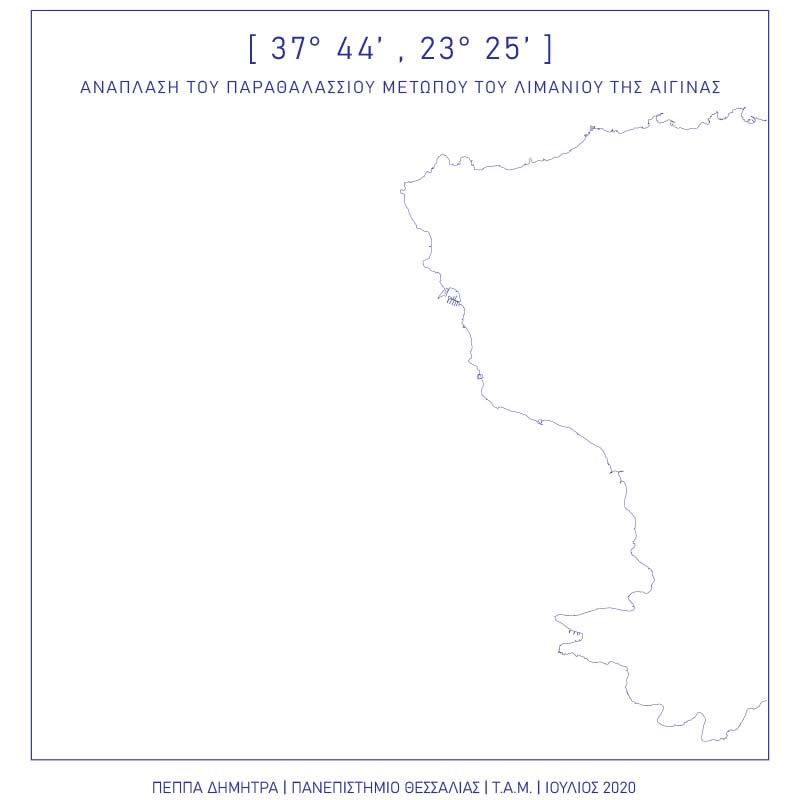

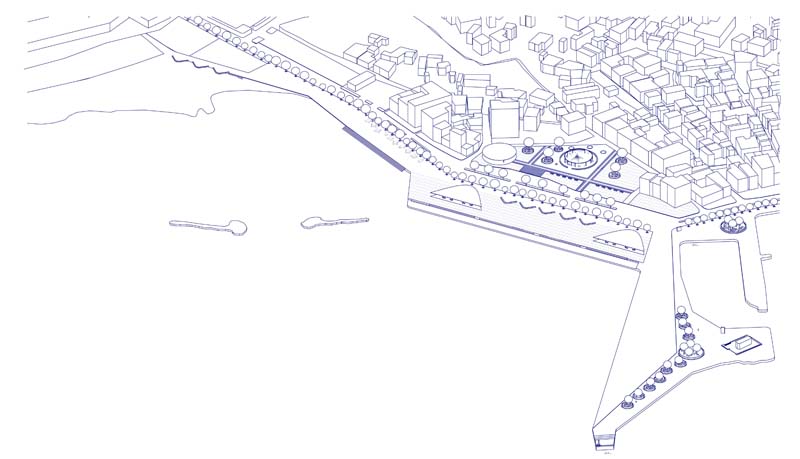





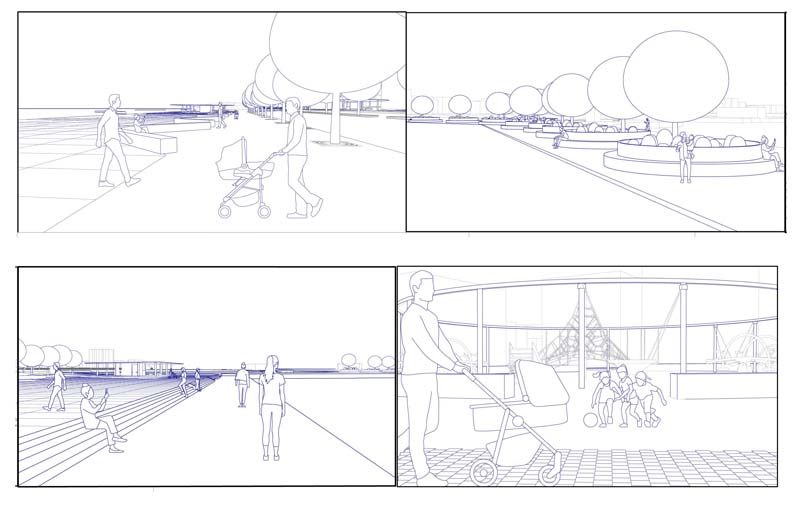

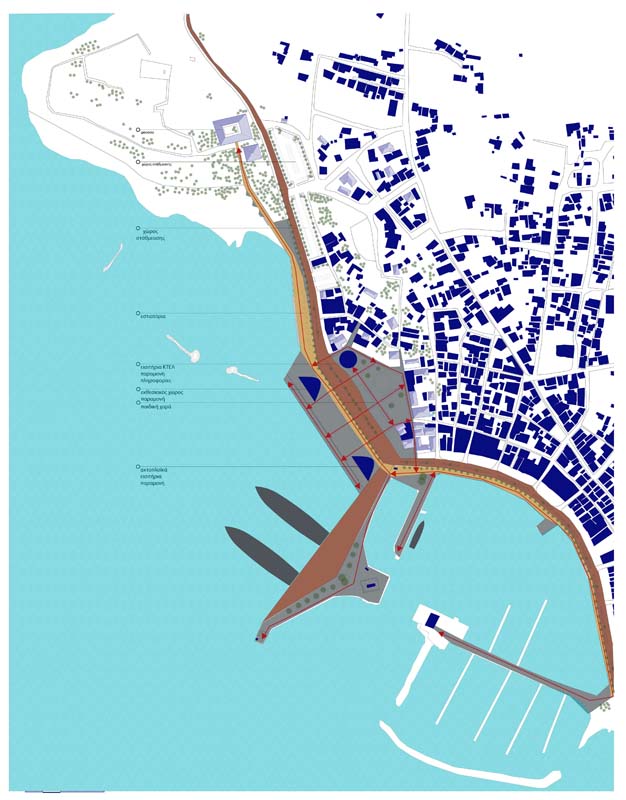

What is more vivid in a city than people walking, seating, playing, living (at) the urban fabric. Even when these activities take place at the seaside, the data are still the same. But when this place is unsuitable to host that kind of activities, these data disappear, and the place may be led to declination.
This research comes to introduce ways to activate a nodal point for tourism with great historical interest. Connection and activation are the keywords of the design process. By incorporating uses that relate both to the tourists and the local people of the island, a healthy and constructive coexistence becomes possible.
The promenade from the commercial waterfront to the cultural one, where the archaeological site of Kolona takes place, is being emphasized, while the public square that’s nearby is being redesigned. Three buildings are placed. Two at the port, where one of them serves the boats and gives touristic information and the other one is an exhibition place. The third one is at the public square and it serves the city and intercity buses.
Meanwhile, environmental elements are being considered and bioclimatic criteria are being applied, in order to improve the microclimate of the area and not only that.
After an analysis of the history of Aegina, of the characteristics of the area and personal experiences, the result of the study for the activation and amelioration of the waterfront's area of the port of Aegina is being presented in this thesis.
Supervisors: Micocci Fabiano, Trova Vasso
Reference Number: 800
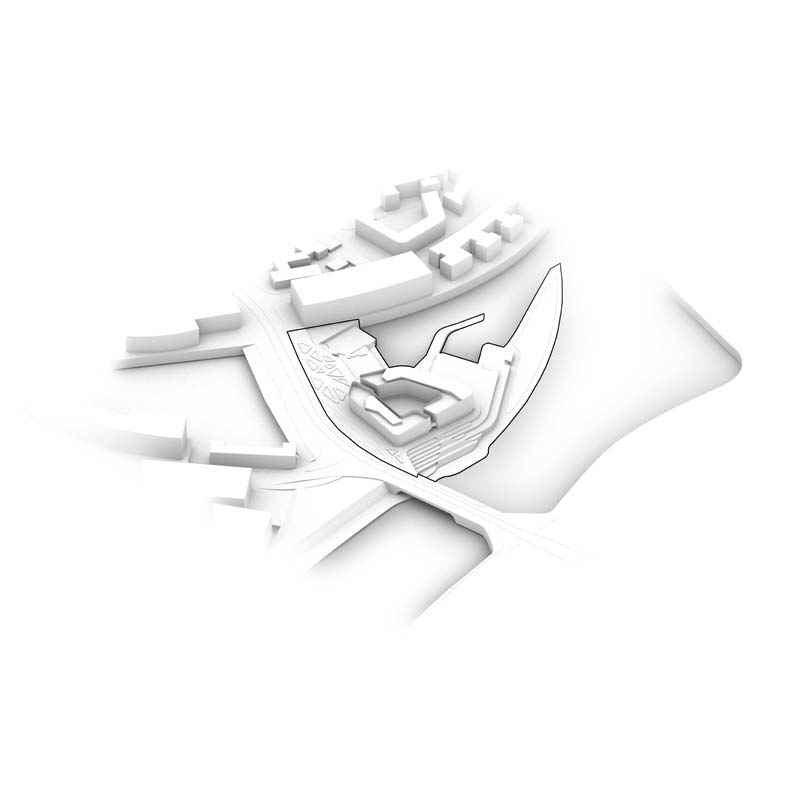

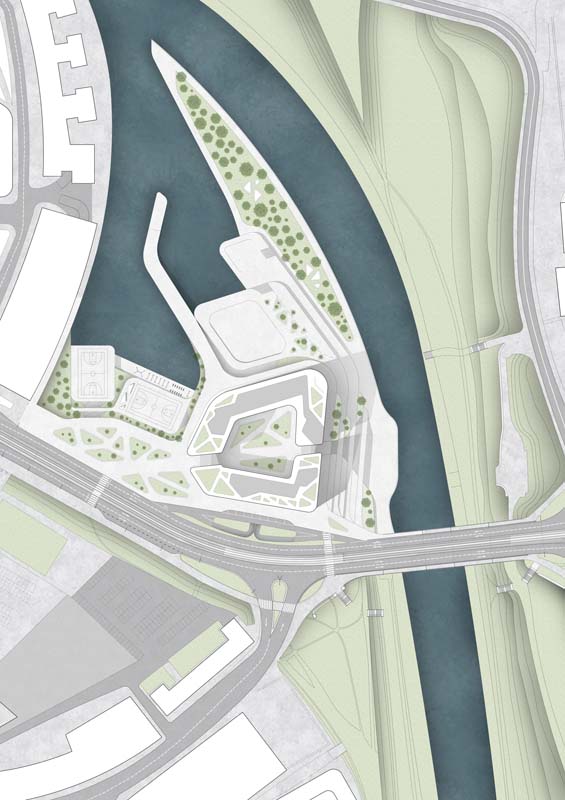

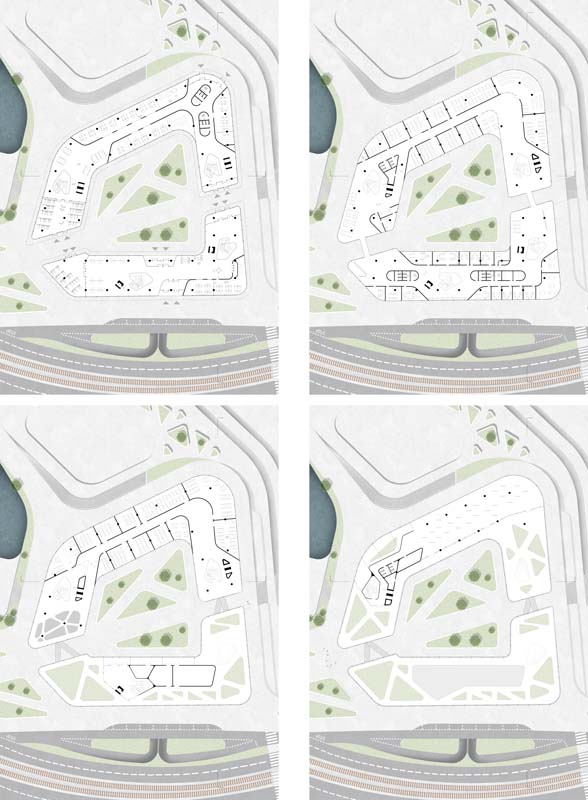

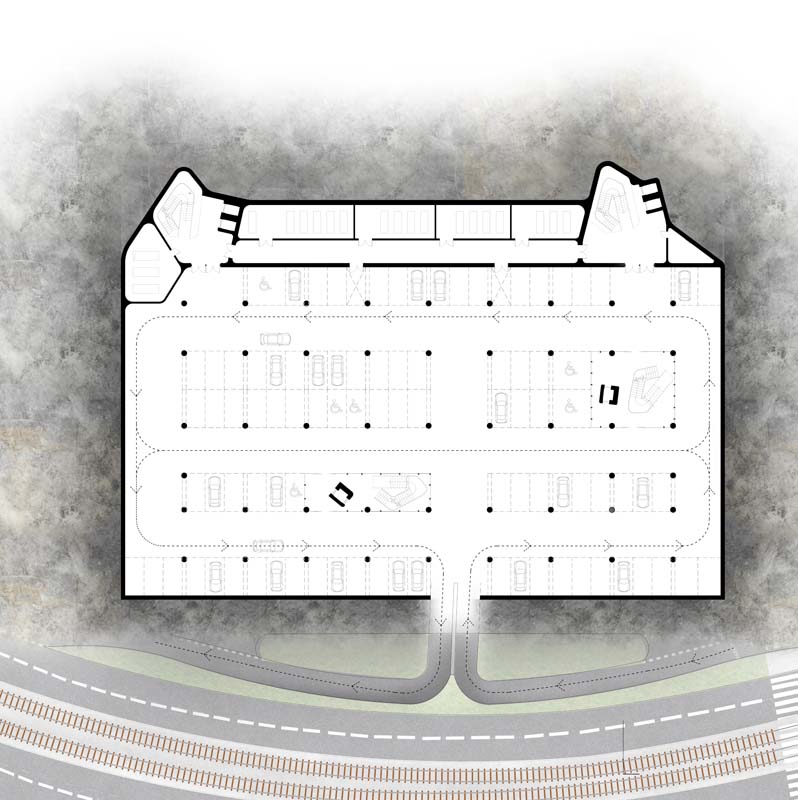

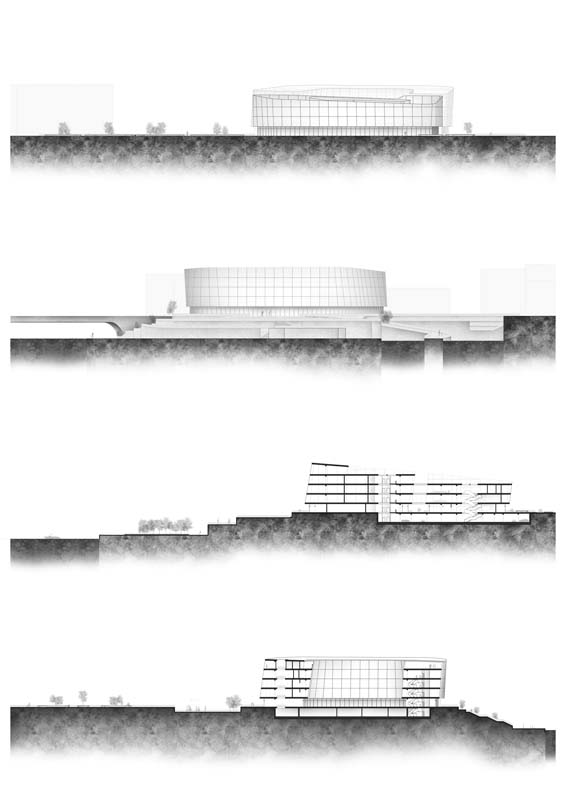

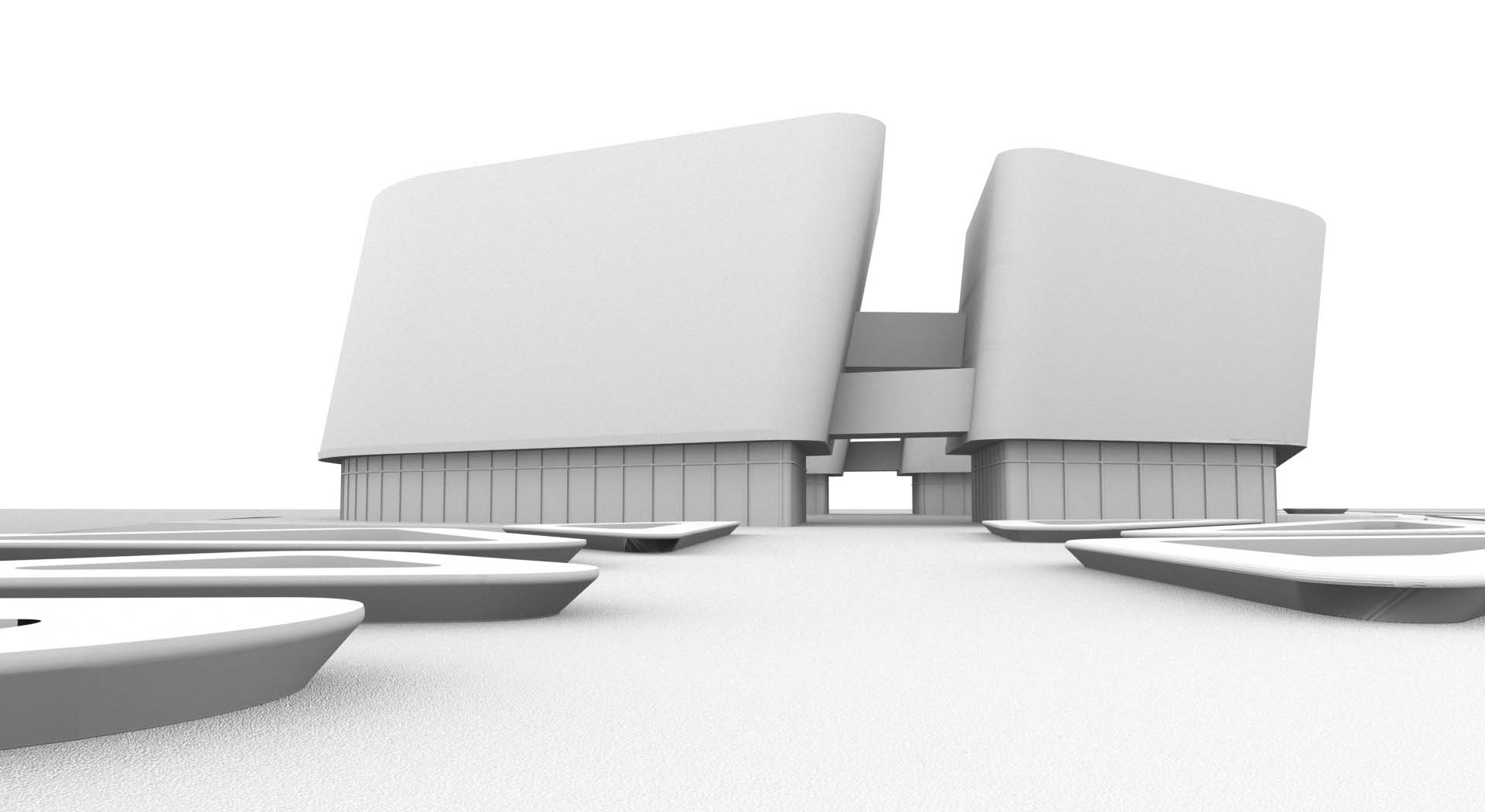

Located in the west side of Poland, Poznan is a vibrant town filled with a strong student community and 3 main universities. The international industries located in the city are in constant search for new talents. In this highly industrialized market where companies are providing sold jobs the role of educational institutions is becoming more significant than ever before. Adequate training and in depth knowledge are the keystones for an eye - catching resume that will stand out from the competition. On that basis, my master thesis is aiming at redesigning a viable center of knowledge in the architecture field whilst integrating an attractive urban scene.
Apart from being a hub for knowledge, the new architecture faculty is taking full advantage of its location. The main structures were designed according to the organic paths created by the habitants offering direct view to one of the city’s most important landmarks.
In this way, 2 main forms were created, each one representing a different function in the faculty’s schedule while being in accordance with the exterior topography. The new urban scene integrates a variety of public activities ranging from sports events to sightseeing inviting everyone to participate and be part of it.
Supervisor: Symeonidou Ioanna
Reference Number: 783
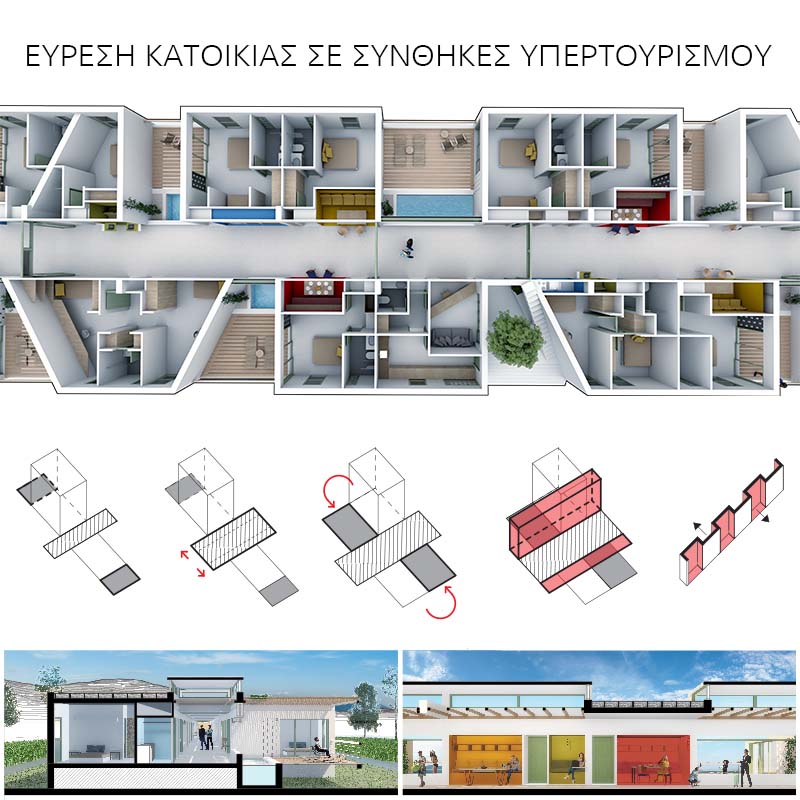

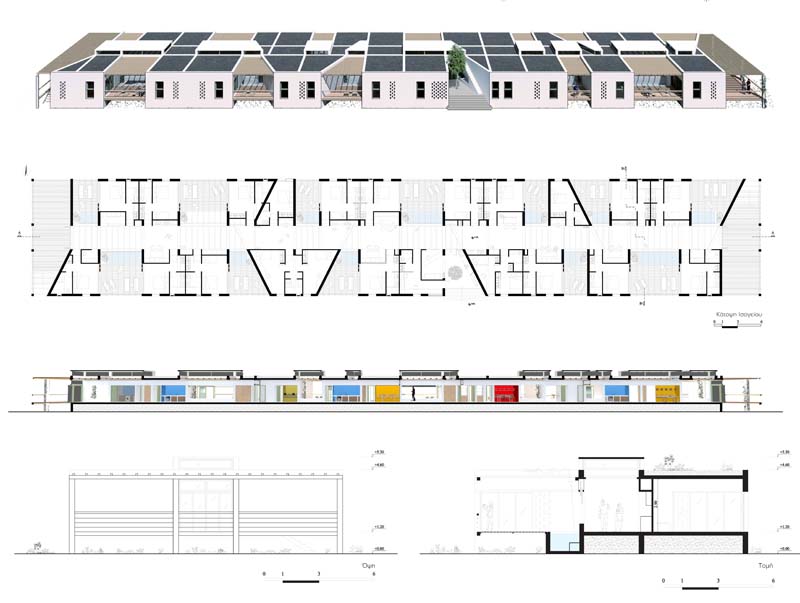

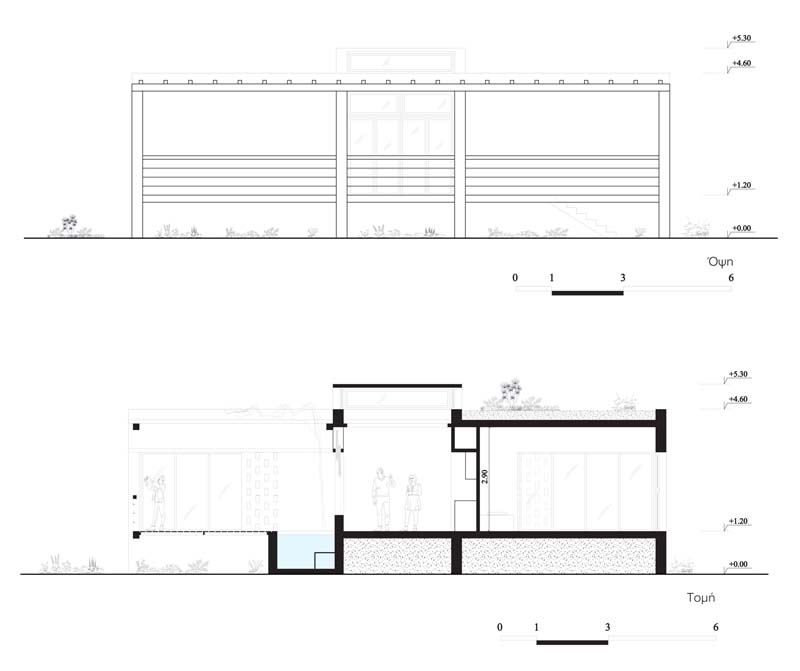

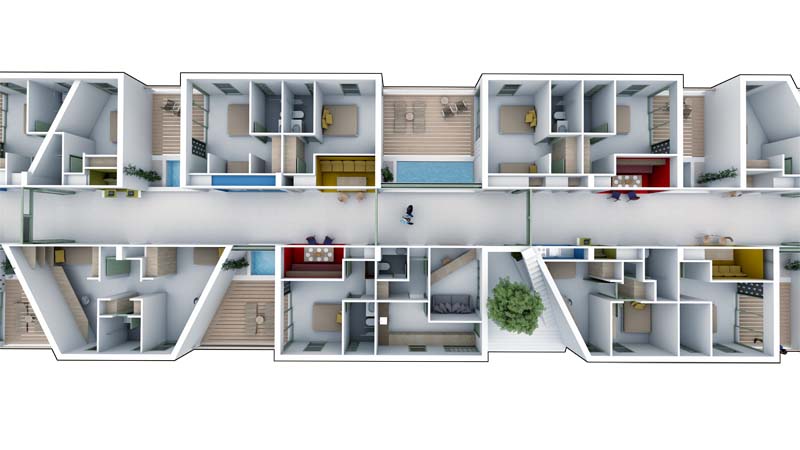

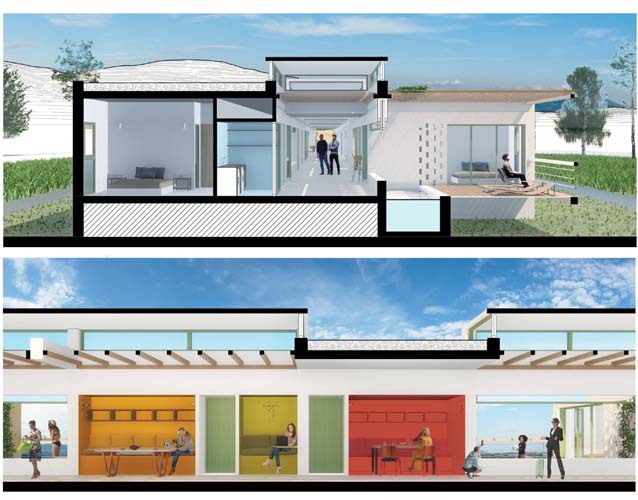

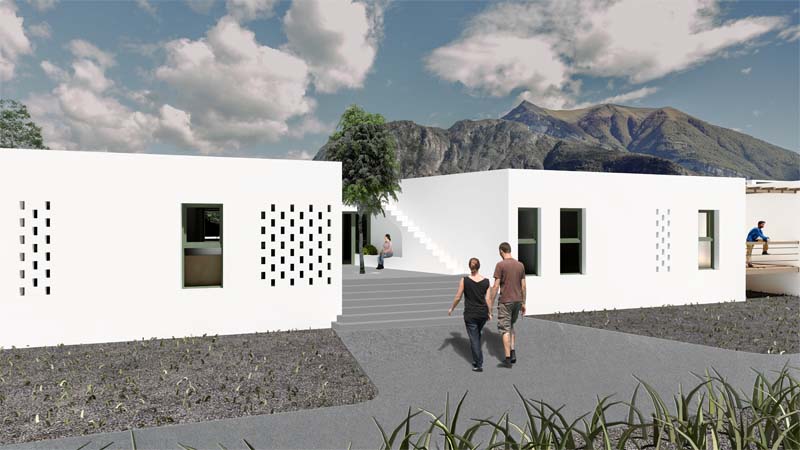

The subject of this thesis is the causes, conditions, and properties of a problem that has developed in recent years about finding housing in major tourist destinations. A problem where the state mechanism is unable to help find housing for permanent or seasonal workers resulting in a situation that has a negative impact on the community as a whole.
Initially, examples of hotel units as well as entire settlements are being explored - exclusively tourist-oriented in relation to workers' accommodation with tourists. The broader social implications, and especially the spatial ones, which develop through the relation "tourist - visitor" and "worker - resident" are the starting point for the formation of work. On the one hand, the living conditions of most of the tourist-oriented and sometimes non-tourist-oriented employment (and alternate teachers, doctors, nurses, etc.) and on the other hand, a 'world' of luxury, amenities and modernization for tourists. , paying a very big price.
The work then focuses on the island of Santorini as the only Greek destination characterized by the phenomenon of hyper-tourism. A place where local authorities have devoted themselves exclusively to ensuring business profit rather than meeting social needs. In the multitude of examples, the design of tourism bears the characteristics of idealization, internal conversion, degradation of public space, spectacle and isolation.
Thus, with a different approach, through the work is proposed a hybrid building set with the essential feature of coexistence between employees and visitors. The aim is to develop relationships of care, sharing and mutual respect for the space alongside a self-serving direction of needs. With the space planning tool, we try to focus beyond the typological to the personal interaction - creating common sharing hubs. Causes that have a fertile and dynamic effect on the expansion of the "tourist-worker" social relationship produced through the configuration of space.
Supervisor: Mitroulias Giorgos
Reference Number: 791
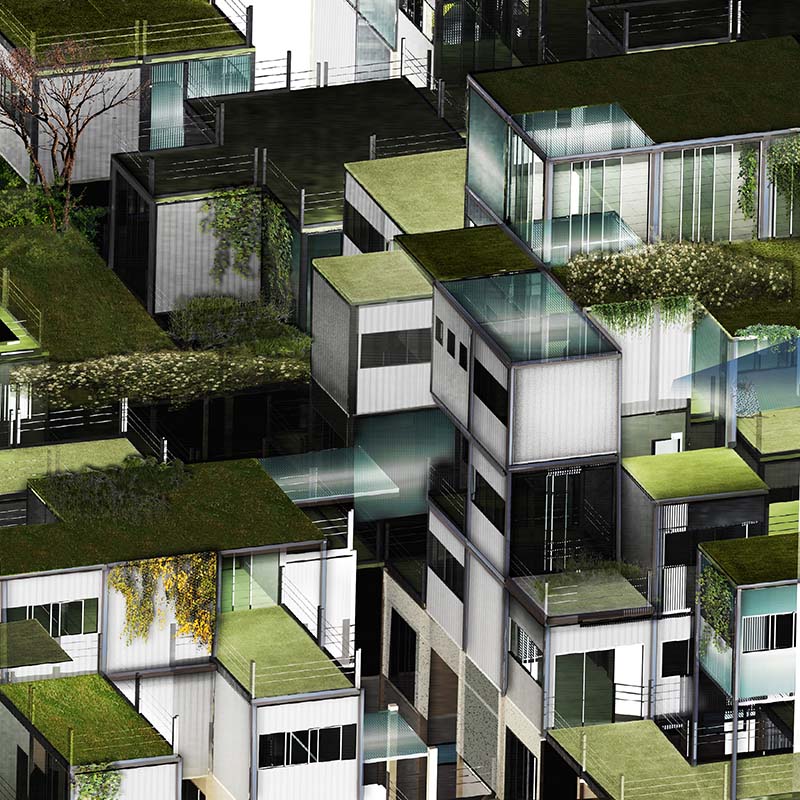

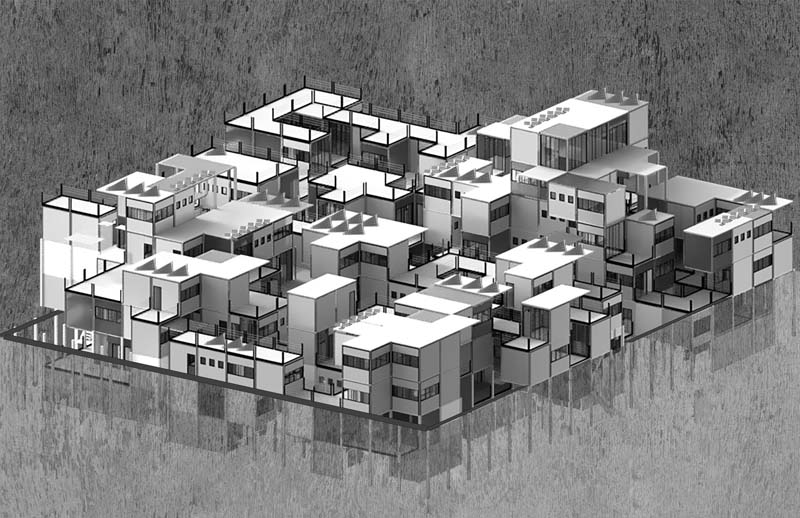

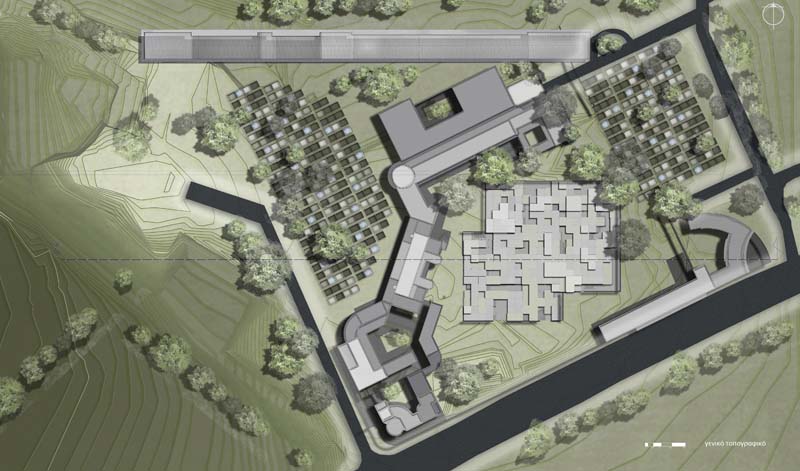

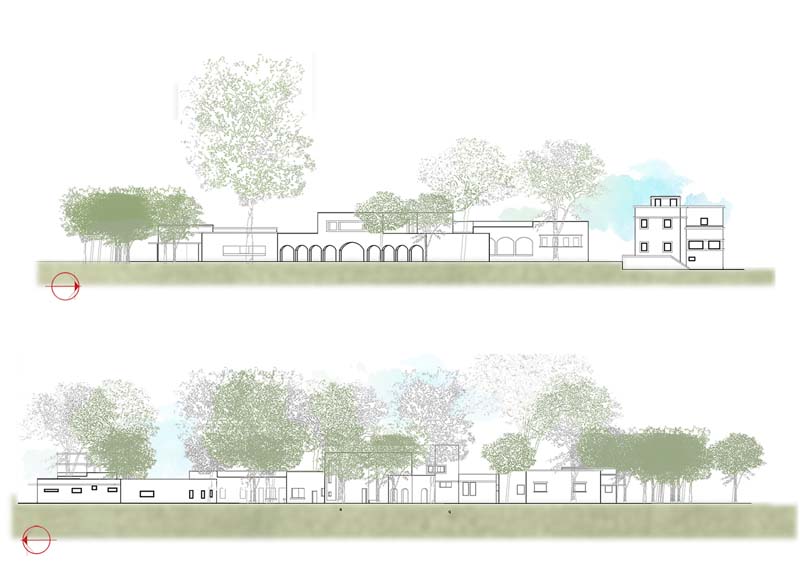

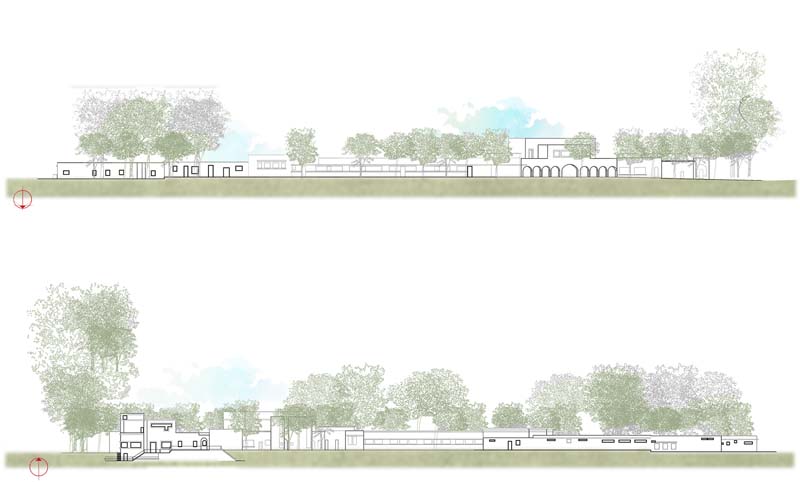

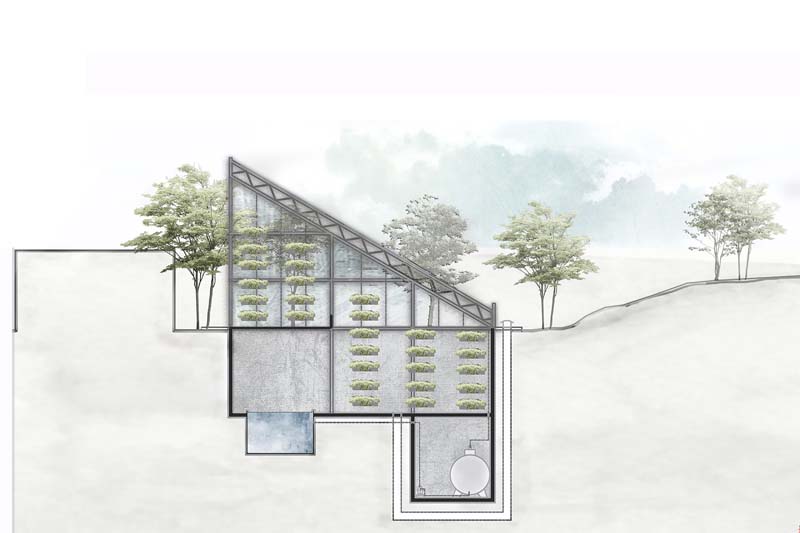

The inability of the modern political management of the West (an area of prosperity and peace, where people can dream and pursue an “ideal” life), to address the complex problems of refugees and the lack of criticism of the causes that lead millions of people to flee their homelands, are factors which force thousands of refugees into the agonizing search for a place of salvation and peace.
My idea was and is to respond, with politico-technical (architectural) tools, to the real needs of these people suffering this violence and deprecate, technically and ideologically exalting the architectural potential of a meaningful and internationally applicable Social Policy.
Combining the ideas of economical De Growth, I followed, critically interpreted, and organized my proposal by judging, evaluating and proposing a design-technical method for the path, in space and in time, and the vital needs that must be met for the decent living of the population in forced displacement. In my approach I have been inspired by the humanitarian-political achievements of the immediately involved social groups which coincided with the attempt to cure this and all such humanitarian collapses.
My architectural proposal applies to a marginal district-area, Linopoti Kos, which is mainly rural. In the abandoned Italian buildings and the space between them, I suggest a composition of space, time and relationships, which I believe are sustainable, environmentally safe and balanced for the humans and will act as an antidote to their political insecurity and despair. I seek to integrate into the field of reception and hospitality of immigrants and refugees, all those community-based, educational activities that I consider will ensure its nutritional-energy its autonomy (in terms of nutrition and energy) and its meaningful connection with the local community.
The community I am proposing is a self-sufficient, educational-productive unit that defines, plans and fulfils its political and philosophical operational needs. It can be so designed to work with similar communities of hospitality, education and collective life.
Supervisor: Stylidis Iordanis
Reference Number: 780

